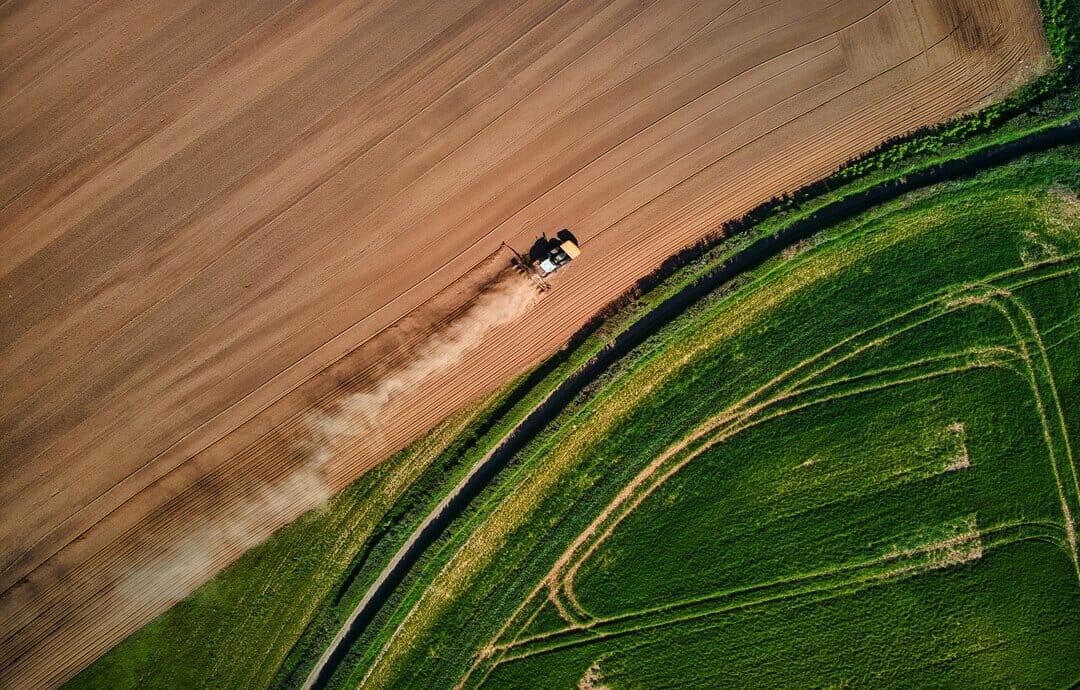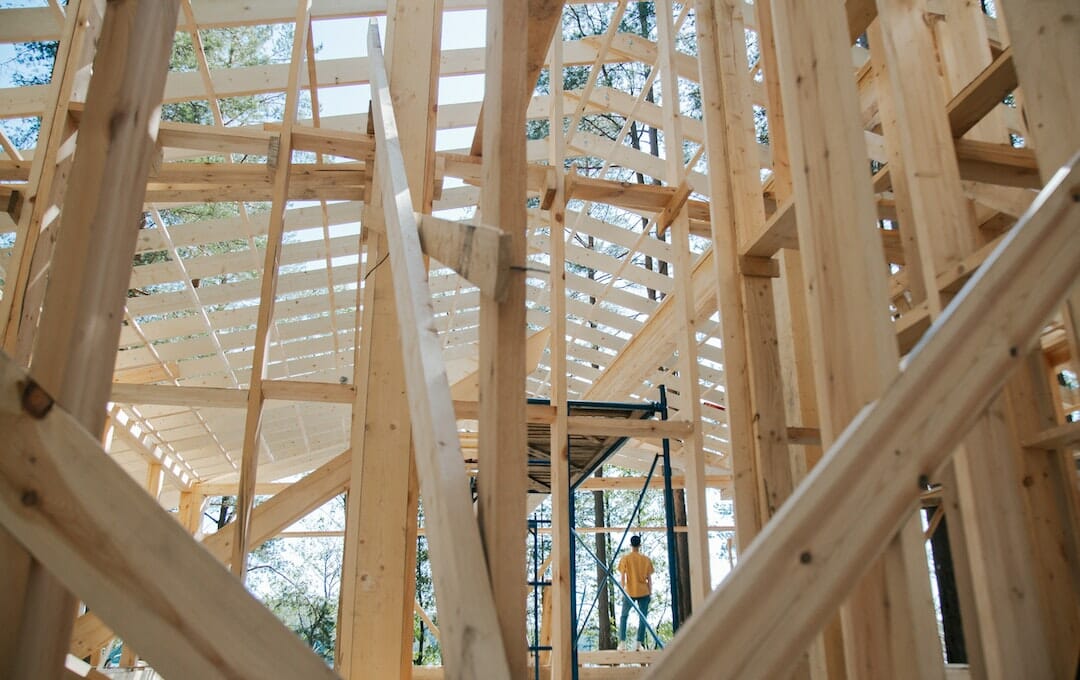Buying land in the UK can be an exciting opportunity. Whether you’ve got grand designs to build your dream home or have your sights set on a commercial project, securing a mortgage specifically for land is different from obtaining a traditional property mortgage.
In this article, we will explore the process of getting a land mortgage in the UK, including the types of land mortgages available, how they work, the criteria involved and the associated costs.
Can You Get a Mortgage to Buy Land in the UK?
In a nutshell, yes! Many lenders in the UK offer mortgages for land purchases, although the availability and terms may vary. Obtaining a land mortgage involves a different process than securing a mortgage for an existing property. Lenders often perceive land loans as higher risk due to factors such as planning permission, infrastructure requirements and potential resale value. So, expect to provide any potential lender with detailed information on how you intend to utilise the land.
In the UK, land is categorised by its intended use. For example, residential, undeveloped or agricultural. UK planning laws are subject to change, but they provide a framework of rules and cover how simple or challenging it might be to change a land category or seek planning permission if you want to build on the land. If the land you intend to buy doesn’t currently have planning permission, obtaining a mortgage can be more difficult.
The type of mortgage product available to you will depend on the land category and your plans for the land. If you intend to build on the land, lenders will want to see the details of your proposal and plans for the land, plus details of any planning permission obtained.
If you are new to buying land in the UK, don’t forget to check out our definitive guide here which covers everything you need to know!

Types of Land Mortgages
There are a few mortgage products available specifically for land purchases, including:
- Self-Build Mortgages. If you plan to construct a property on the land, a self-build mortgage can be an option. These mortgages provide funding in stages as your building project progresses. Most lenders will request a 25% deposit of the value of the land, although some may accept a deposit of only 15%.
- Agricultural Mortgages. Agricultural land mortgages cater specifically to those involved in farming or rural enterprises. These mortgages are tailored to meet the unique needs of agricultural landowners. To apply for this type of mortgage, you will need a plan for the intended use of the land, for example, a business plan.
- Commercial Development Finance. If you intend to develop the land for commercial or residential purposes, development finance can provide the necessary funds. These loans often require a detailed development or business plan and feasibility assessment to be considered for mortgage approval. Interest rates on a commercial or business mortgage are usually variable instead of fixed.
How Do Land Mortgages Work?
Land mortgages typically involve a two-step process:
- Step 1: Initial Land Purchase. When you find suitable land, you must negotiate the purchase price and provide a deposit. The loan-to-value (LTV) ratio, which determines the percentage of the land’s value that the lender is willing to finance, can vary depending on the lender and the land’s characteristics.
- Step 2: Development or Construction Stage. If you plan to build on the land, once you have secured planning permission, you can progress to the development or construction stage. At this point, you may need additional financing, such as a self-build mortgage or development finance, to cover the building costs. Lenders will release funds in stages as the construction progresses.

Land Mortgage Criteria
Lenders have specific criteria when considering land mortgage applications.
-
Planning Permission
Obtaining planning permission is crucial for most land mortgages. Lenders will assess the viability of securing planning consent for your intended land use. Having approved planning permission increases a land’s value and gives a clear indication of how the land will be used when purchased.
Often, greenbelt land that cannot be built on is too high risk for lenders. You might eventually be able to obtain planning permission or even be in the process of obtaining it. However, the process can be lengthy and take several years which lenders will view as too risky.
In these cases, a bridging loan could help bridge the financial gap and allow you to purchase a plot of land whilst obtaining planning permission.
If you don’t yet have planning permission or if you intend to change the land use, you might need written permission from the local authority. In this case, some lenders could ask for extra collateral due to the difficulties in changing a land’s intended use and increased risk.
You can learn more about planning permission applications on the government portal here.
-
Loan-to-Value Ratio (LTV)
Lenders will typically finance a portion of the land’s value, known as the LTV ratio. The percentage financed can vary, usually ranging from 50% to 75%, depending on factors like location, planning permission and land type.
-
Financial Stability
Like with other mortgage products, lenders assess your financial stability, including your income, credit history and existing debts to determine your ability to repay the mortgage.

Land Mortgage Costs
Land mortgage costs can vary depending on the lender, loan terms and your specific circumstances. Here are some potential costs to consider:
- Interest Rates. The interest rates for land mortgages can differ from those for traditional property mortgages. Rates may be higher due to the perceived higher risk associated with land loans.
- Fees and Charges. Lenders may charge arrangement fees, valuation fees, legal fees and other administrative costs associated with the mortgage application and property assessment.
- Repayment Options. Land mortgages may offer different repayment options, including interest-only or capital and interest repayment plans. Each option carries its own cost implications.
How can I get a land mortgage in the UK?
The first step if you are looking to mortgage a plot of land in the UK is to speak to a specialist broker or financial advisor. They will be able to help you find the right lender for your specific circumstances.
It’s important to note that you will need to provide a detailed plan for your intended use of the land, including the costs to build and how the land will be used in the future.
Conclusion
Securing a mortgage for land in the UK is indeed possible with lenders offering various options tailored to specific land purchase purposes. It’s essential to research and compare lenders, understand the criteria they consider and assess the associated costs before proceeding with any purchase. Please note that Novellus Finance are unable to offer loans against an individual’s personal place of residence as this is a regulated loan.
Use online tools like a land mortgage calculator to estimate potential mortgage costs based on loan amounts, interest rates and repayment terms. Remember to seek professional advice, such as consulting with a mortgage broker or financial advisor, to ensure you make informed decisions throughout the process.


